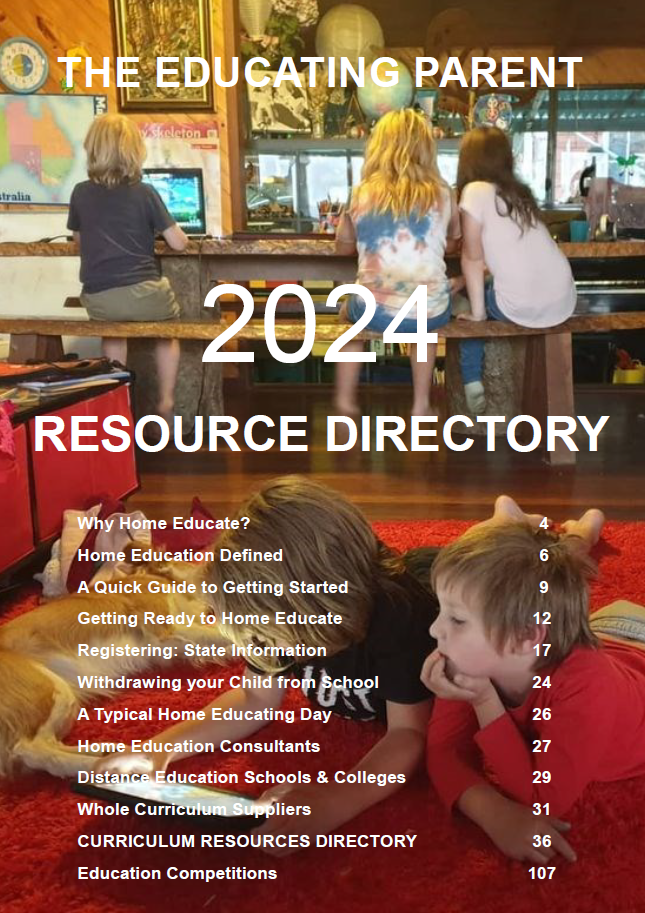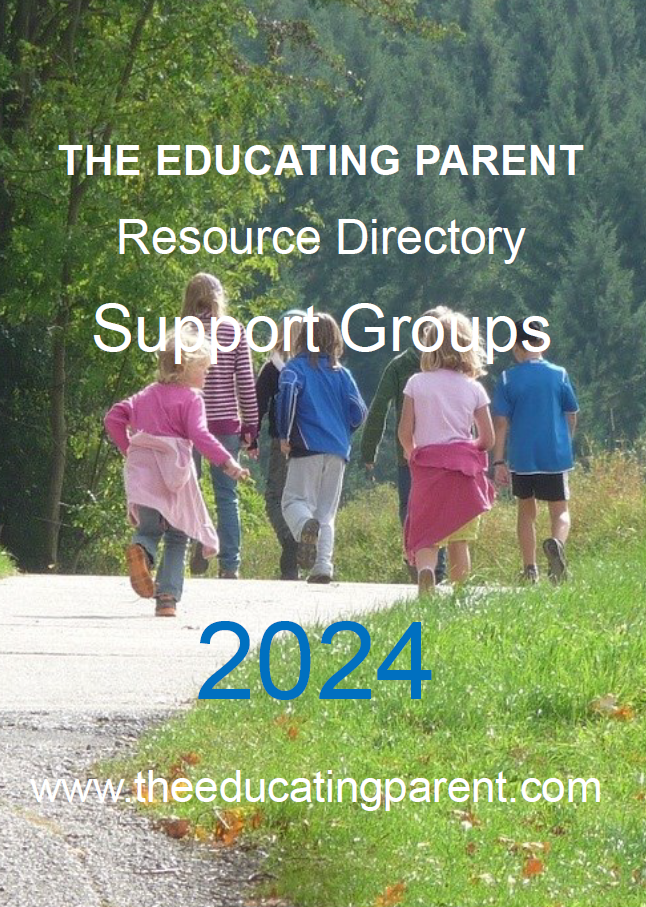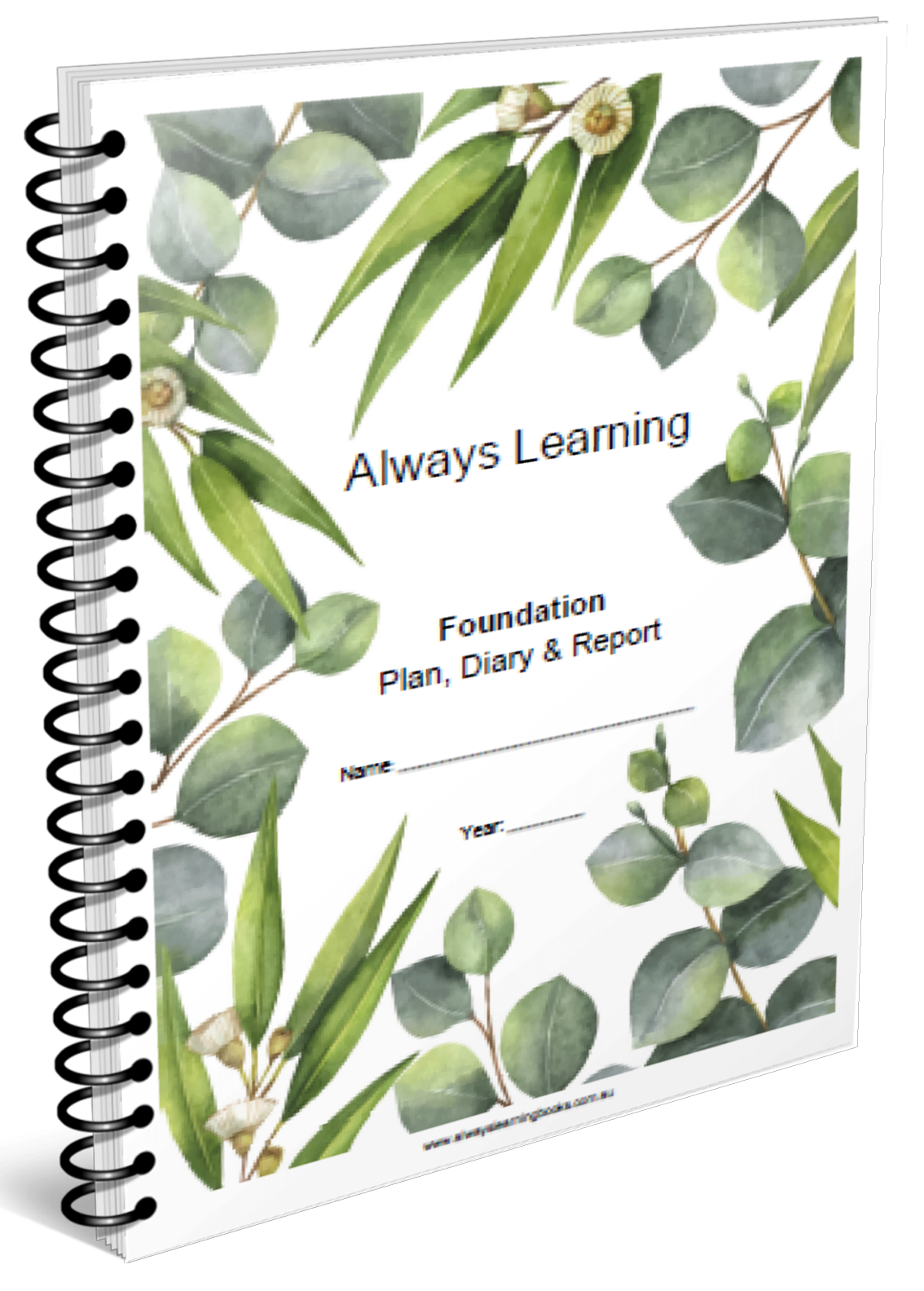|
Biodiversity in Your Backyard
by Beverley Paine
How many animals do you depend on every day to stay alive? How many plants? And what about other living things?
Make a chart with the headings - PLANTS, ANIMALS, OTHER - and go for a walk around your house and garden with mum and dad and see how many you can list. Don't forget to list all the tiny and microscopic creatures that you can find! Carefully look under leaves, rocks and logs. Look up at the sky and in tall trees. Check behind furniture and in damp places inside. What else is living and growing where you live?
A few years ago Macquarie University researcher, Andrew Beattie, set out to count how many species lived in an average Sydney backyard - animals, birds, plants, insects, worms, spiders, micro-organisms, etc. He counted at least 4,620 different species! And he's certain there were many thousands more species he missed.
The planet Earth is full of amazingly diverse creatures and plants, all dependent on this diversity for survival. Did you know b iodiversity includes all the plants, animals and micro-organisms, the genetic information they contain and the ecosystems they form. We are lucky to live on one of the most diverse countries on the planet, home to more than one million species of plants and animals. Many of them are endemic, found nowhere else in the world. These account for 85% of Australia 's flowering plants, 84% of mammals, over 45% of birds, and 89% of inshore temperate zone fish. A highly diverse and complex ecosystem is a sign of health and has a positive impact on the quality of air we breathe, the water we drink and the food we eat, as well as providing us with materials for use in our daily lives and nature to enjoy.
Would you like to attract more native birds, butterflies or cute furry creatures into your backyard?
You can easily enhance the biodiversity of your backyard by planting indigenous species. They help to create shelter, shade, and nesting places, while preventing erosion and providing food in the form of leaves, nectar, berries, seeds and associated bugs. Even small areas along the side of your house will help provide habitat for native fauna creating 'wildlife corridors' for animals and insects to move from one feeding or nesting area to another. Leave leaf litter, twigs, and rocks as they provide miniature habitats for plants and creatures too. A few sheltered moist areas in your garden bring in bugs which feed birds, lizards and frogs. Try to photograph or draw the different creatures you find and the plants they love to live near.
Ask your neighbours to do the same so that collectively you can begin to not only provide 'wildlife corridors' but also enjoy watching nature close to home.

Check out these CSIRO Backyard Biodiversity pages for more ideas:
Identifying Bugs: http://www.csiro.au/resources/backyard-biodiversity-bugs.html
Find out about the fascinating world of insects then use the guide to help identify insects in your neighbourhood.
Endangered Species Activity: http://www.csiro.au/resources/ps23p.html
Australia has many animals, birds, plants and other species that are threatened or endangered. Find out more about this issue and try an activity to help protect biodiversity in your backyard.
Field Adventures: http://www.csiro.au/resources/ps220.html
Backyard Biodiversity goes on in gardens, nature reserves, creeks, wildlife parks and zoos. Try these ideas to get involved in biodiversity activities in your area.
Invasive Species: http://www.csiro.au/resources/InvasiveSpeciesActivity.html
Cane toads, fire ants and blackberry bushes - read about the environmental and economic problems caused by invasive species and try an activity to learn more.
Salinity: http://www.csiro.au/resources/ps20l.html
Salinity is a major environmental threat in many parts of Australia . Read more about it then try a salinity experiment.


Was this article helpful? Was it worth $1.00 to you?
Your gift of $1 or more helps to keep this site operating
offering encouragement
and reassurance to families
wanting
better outcomes for their children.



Beverley Paine with her children, and their home educated children, relaxing at home.
Together with the support of my family, my aim is to help parents educate their children in stress-free, nurturing environments. In addition to building and maintaing this website, I continue to create and manage local and national home educating networks, help to organise conferences and camps, as well as write for, edit and produce newsletters, resource directories and magazines. I am an active supporter of national, state, regional and local home education groups.
"You've been an inspiration to me, I love the way
you really listen to people." Vanessa
"Whenever I read your writing I always come away
with increased confidence in my ability to provide and
share a wonderful learning journey with my family!" Davina
"Your guidance, understanding, support and words of
wisdom changed our lives. We now offer support and
organise many homeschooling events for others." Lesley
"Thank you once again for your prompt and friendly service.
I am convinced that your books are going to add
quality and peace of mind to my journey of teaching my kids
at home! Just from studying your website, until almost
2am
in the morning, I 've been encouraged!" Louisa
"Thank you for all your many,many reassuring words
over many, many years. You probably don't know exactly how
valuable you are to the Australian Home Education community.
I've been reading your stuff for maybe 8 years or more now.
And I'm very grateful." Gythaa


Want to learn how to write your own education plans
to suit your unique children's individual learning needs?
Or you are looking for quality curriculum and teaching tips...
Comprehensive 3 workbook 'how to home ed' course
covering the essential skills you need
successfully home educate your children

|
|
Welcome to the World of Home Education
and Learning without School!
We began educating our children in 1985, when our eldest was five. In truth, we had helped them learn what they need to learn since they were born. I am a passionate advocate of allowing children to learn unhindered by unnecessary stress and competition, meeting developmental needs in ways that suit their individual learning styles and preferences. Ours was a homeschooling, unschooling and natural learning family! There are hundreds of articles on this site to help you build confidence as a home educating family. We hope that your home educating adventure is as satisfying as ours was! Beverley Paine
3 ESSENTIAL STEP BY STEP GUIDES
Let experienced home educators Beverley, Tamara and April walk you through HOW to create a learning plan that builds on solid foundations that works for YOUR family AND ticks all the boxes for home educaton registration!
|
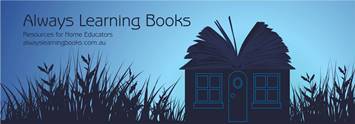
Tap into Beverley's
experience
through her books
"Your books, your blogs helped me beyond words... they helped me to find comfort in knowing it is ok to choose exactly what is best for my family." Nisha
"Your books and information are mind blowing and already I am feeling good about this new experience." Diane
"Your guidance, understanding, support & words of wisdom changed our lives." Leslie
"I feel specially inspired by Beverley's words and, the more I read her comments, the more inspired I feel, since my need for support, respect for different parenting styles, and information are fully met." Marijo
|
 |
|

The information on this website is of a general nature only and is not intended as personal or professional advice. This site merges and incorporates 'Homeschool Australia' and 'Unschool Australia'.
The Educating Parent acknowledges the Traditional Aboriginal and Torres Strait Islander Owners, the Custodians of Australia, and pay our respects to Elders past and present and extend that respect to Aboriginal and Torres Strait Islander people viewing this website.

Advertise on this site.








Home education is a legal alternative
to school education in Australia.
State and Territory governments are responsible
for regulating home education and have different
requirements, however home educating families
are able to develop curriculum and learning programs
to suit the individual needs of their children.

Without revenue from advertising
by educational suppliers and Google Ads
we could not continue to provide information
to home educators. Please support us by letting
our advertisers know that you found them on
The Educating Parent. Thanks!
|
![]() About
About
![]() Blog
Blog
![]() Articles
Articles
![]() Curriculum
Curriculum
![]() Resource Directory
Resource Directory
![]() Shop
Shop
![]() Facebook
Facebook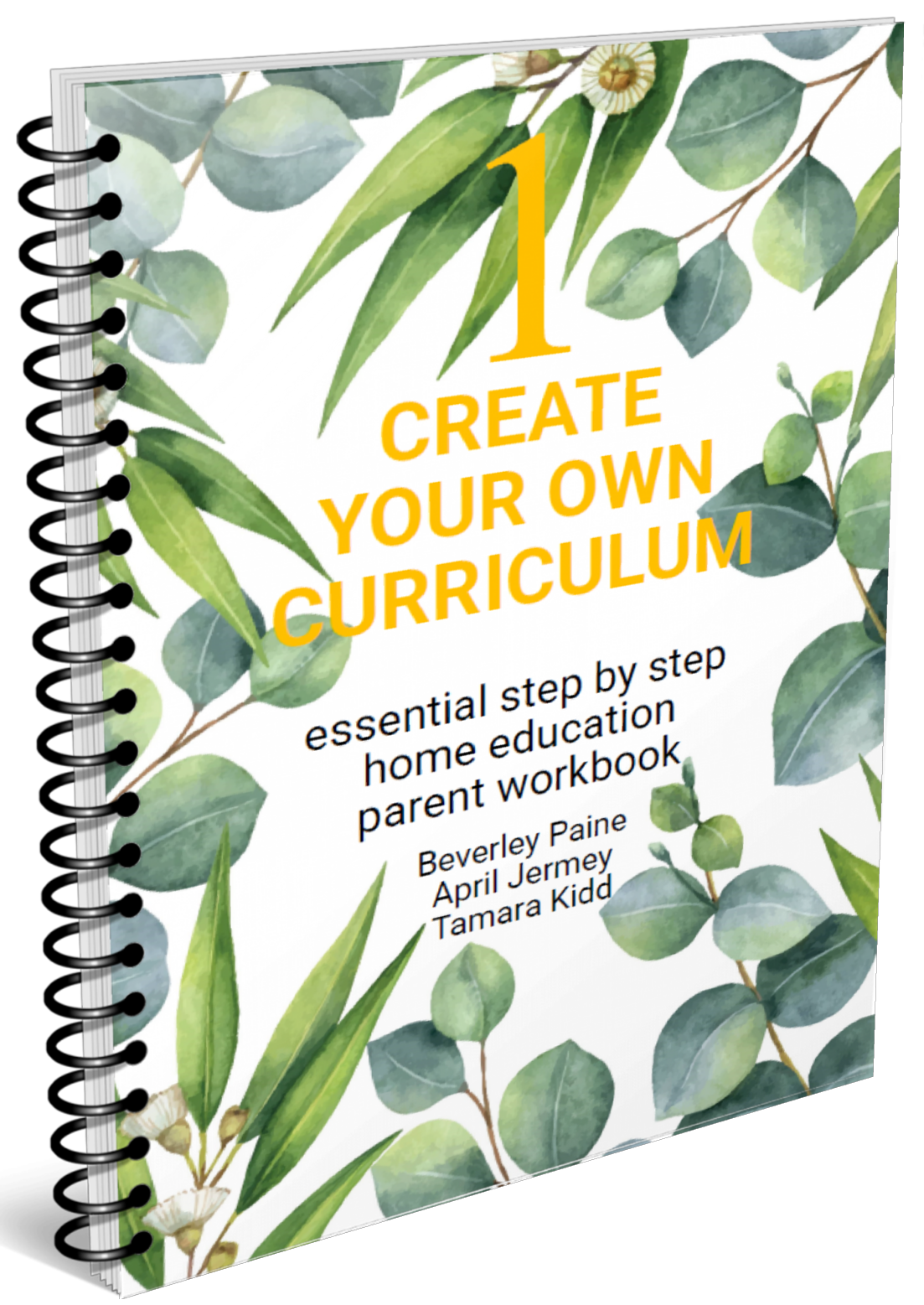
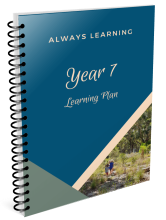
![]() SA
SA ![]() VIC
VIC ![]() NSW
NSW ![]() QLD
QLD ![]() TAS
TAS ![]() ACT
ACT ![]() NT
NT ![]() NSW
NSW ![]() QLD
QLD ![]() SA
SA ![]() WA
WA ![]() TAS
TAS ![]() ACT
ACT ![]() NT
NT 
